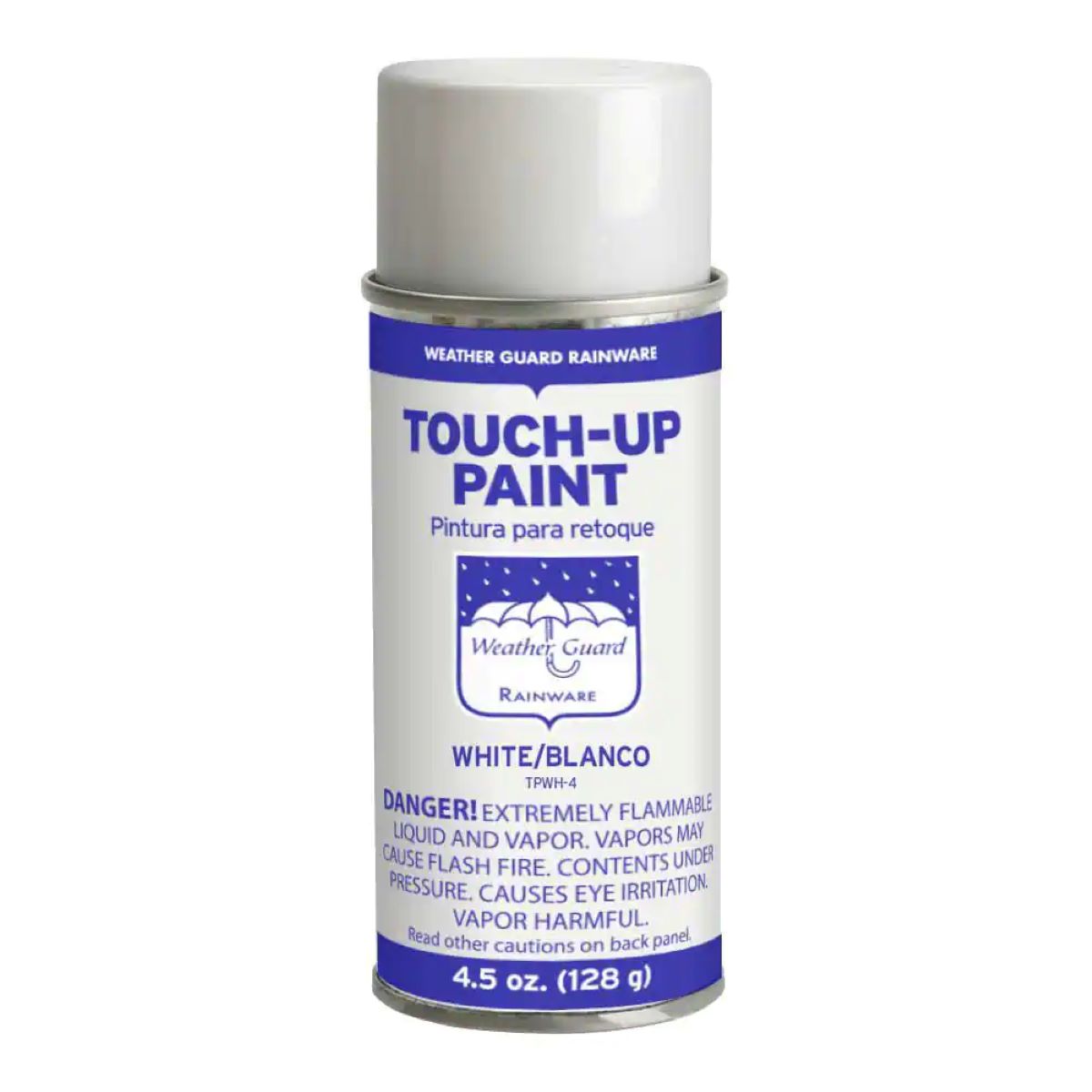

Articles
How To Store Touch Up Paint
Modified: August 17, 2024
Learn how to properly store touch up paint with these helpful articles. Preserve the quality and longevity of your paint for future touch ups.
(Many of the links in this article redirect to a specific reviewed product. Your purchase of these products through affiliate links helps to generate commission for Storables.com, at no extra cost. Learn more)
Introduction
Welcome to the world of touch-up paint, where small brushes and tiny bottles come to the rescue to fix those unsightly scratches and chips on your walls, furniture, or vehicles. But did you know that proper storage is crucial to ensure that your touch-up paint remains effective and usable over time?
Storing touch-up paint may seem like a simple task, but many people overlook its importance, leading to wasted cans or dried-up brushes when they need them the most. Whether you’re a homeowner looking to touch up paint around your house or a car enthusiast planning to keep your vehicle looking pristine, understanding how to store touch-up paint is essential.
In this article, we’ll delve into the details of why proper storage is crucial for touch-up paint, discuss the different types of containers you can use, and provide practical tips for storing touch-up paint both indoors and outdoors. Additionally, we’ll explore the importance of labeling and organizing your touch-up paint collection, and share some extra tips to help extend the shelf life of your paint.
By the end of this article, you’ll have a comprehensive understanding of how to properly store touch-up paint, ensuring that it remains fresh and usable for all your touch-up needs when the time comes.
Key Takeaways:
- Properly storing touch-up paint is crucial for maintaining its quality and usability. Choosing the right container, storing indoors, and labeling and organizing are key steps to ensure your touch-up paint remains fresh and ready for use.
- Implementing tips to extend the shelf life of touch-up paint, such as keeping containers clean, avoiding contamination, and properly disposing of expired paint, will help maximize the usability and longevity of your paint collection.
Read more: How To Touch Up Paint On Walls
Importance of Proper Storage
Proper storage of touch-up paint is essential for maintaining its quality and effectiveness. When paint is not stored correctly, it can degrade and become unusable, leading to frustration and wasted money. Here are some reasons why proper storage is important:
- Preserves Quality: Touch-up paint can be sensitive to external factors such as temperature, humidity, and exposure to sunlight or air. Improper storage can cause the paint to dry out, separate, or lose its original color and consistency. By storing paint correctly, you can ensure that it remains in optimal condition and performs as expected when you need it.
- Cost Savings: Touch-up paint is often purchased to address minor scratches and chips that can occur over time. By properly storing the paint, you can prevent it from deteriorating and needing to be replaced. This saves you money in the long run, as you won’t have to constantly buy new touch-up paint.
- Convenience: When a touch-up is needed, you want to be able to locate and use the paint quickly and easily. Properly stored paint that is labeled and organized allows for effortless retrieval. You won’t have to spend valuable time searching for the right color or dealing with dried-up or expired paint.
- Uniform Application: Properly stored paint ensures that it maintains its consistency, allowing for a smooth and uniform application. This is especially important when it comes to matching the color and texture of the existing surface. Fresh and well-preserved touch-up paint will blend seamlessly with the surrounding area, providing a professional and seamless repair.
- Environmentally Friendly: Storing touch-up paint properly also contributes to environmental sustainability. When paint goes bad, it often ends up being discarded, leading to unnecessary waste. By extending the shelf life of your paint through proper storage, you minimize the amount of paint that ends up in landfills, benefiting the environment.
With these reasons in mind, it’s clear that proper storage of touch-up paint is essential. By taking the time to store your paint correctly, you’ll not only save money, but also ensure that it remains in optimal condition, ready to use whenever you have a touch-up job at hand.
Choosing the Right Container
When it comes to storing touch-up paint, selecting the appropriate container is crucial to preserving its quality and usability. Here are some factors to consider when choosing the right container:
- Airtight: Opt for containers that are airtight or have a strong seal to prevent air from entering and drying out the paint. Exposure to air can cause the paint to thicken or develop a skin, rendering it unusable.
- Durable: Look for containers that are made of sturdy materials to ensure they can withstand any potential accidents or mishandling. Plastic containers with tight-fitting lids or glass jars with rubber gaskets are good options.
- Opaque: Light can affect the quality of paint, causing it to fade or change over time. Choose containers that are opaque or not transparent to block out light and preserve the integrity of the paint’s color.
- Size: Consider the size of the container based on the amount of paint you need to store. It’s best to choose a container that leaves minimal empty space, as too much air inside can lead to paint deterioration.
- Easy to Label: Ensure the container has a smooth surface that allows for easy labeling. Clearly indicate the color, brand, and date of purchase on the container to keep track of your touch-up paint inventory.
While some touch-up paint may come with its own container, it’s recommended to transfer the paint to a more suitable container if necessary. This allows for better control over the storage conditions and provides customization options for labeling and organization.
Remember, choosing the right container is the first step in proper paint storage. It creates a protective environment that shields the paint from external elements and helps maintain its quality, ensuring that it remains fresh and usable for future touch-up projects.
Storing Touch Up Paint Indoors
Storing touch-up paint indoors provides a controlled environment with stable temperature and humidity levels, which is ideal for preserving the paint’s quality. Here are some tips on how to store touch-up paint indoors:
- Cool and Dry Location: Find a cool and dry area in your home to store the touch-up paint. Extremes in temperature and humidity can adversely affect the paint’s consistency and longevity. Avoid areas like attics, garages, or basements that experience significant temperature fluctuations.
- Shelving or Cabinet: Utilize shelves or cabinets to store the paint containers. This helps keep them organized and prevents them from being accidentally knocked over or damaged. If possible, choose a location away from direct sunlight to minimize exposure to UV rays.
- Keep away from Heat Sources: Ensure the paint is stored away from heat sources like radiators, heaters, or hot water pipes. Heat can cause the paint to dry out or thin, affecting its quality and usability.
- Stacking: If you have multiple paint containers, stack them by color or type to save space and make it easier to locate the desired paint when needed. This can be done using sturdy storage boxes or bins.
- Properly Seal Containers: Ensure the containers are tightly sealed to prevent air from entering and drying out the paint. Use a rubber mallet or hammer to gently tap the lids in place, ensuring a secure seal.
- Regularly Inspect: Periodically check the stored paint containers for any signs of deterioration, such as thickening, separation, or a foul smell. If you notice any issues, it may be time to replace the paint.
By storing touch-up paint indoors in a suitable location and following these tips, you can maintain its quality and usability for an extended period. This ensures that the paint is ready and in excellent condition whenever you need it for touch-up projects around your home.
Store touch up paint in a cool, dry place away from direct sunlight and extreme temperatures. Make sure the lid is tightly sealed to prevent drying out. Keep it out of reach of children and pets.
Storing Touch Up Paint Outdoors
Storing touch-up paint outdoors requires additional precautions to protect it from the elements. While outdoor storage may not be ideal for long-term preservation, it can be a convenient option when there is limited indoor space. Here are some tips on how to store touch-up paint outdoors:
- Weatherproof Container: Choose a weatherproof container that is designed to withstand outdoor conditions. Look for containers made of durable materials, such as plastic or metal, with tightly sealed lids.
- Elevated Surface: Place the container on an elevated surface, such as a shelf or wooden pallet, to keep it off the ground. This helps prevent moisture and water from seeping into the container and damaging the paint.
- Sheltered Area: Find a sheltered area outdoors, such as a covered porch or a shed, to store the touch-up paint. This provides some protection from direct sunlight, rain, and excessive moisture.
- Non-Extreme Temperatures: Avoid storing touch-up paint in areas that experience extreme temperatures, such as direct sunlight or freezing temperatures. Extreme heat can cause the paint to dry out, while freezing temperatures can lead to paint separation or expansion.
- Securely Fasten Lids: Make sure the container’s lid is securely fastened to prevent water, debris, and pests from entering. Use bungee cords or straps to secure the lid if necessary.
- Regular Inspection: Periodically inspect the paint containers for any signs of damage or deterioration. Check for leaks, rust on metal containers, or any unusual smells. If the paint shows any signs of damage, it’s best to replace it.
While storing touch-up paint outdoors may not provide the same level of protection as indoors, following these tips can help minimize potential damage from the elements. Remember, it’s still essential to periodically check the stored paint and assess its condition to ensure it’s still usable.
If possible, it’s recommended to store touch-up paint indoors, as controlled environments provide the best conditions for preserving the paint’s quality and effectiveness over time.
Read more: How To Blend Touch Up Paint On Ceiling
Labeling and Organizing Touch Up Paint
Properly labeling and organizing your touch-up paint collection is essential for easy identification and accessibility. It helps you quickly locate the desired paint color and ensures that your collection remains tidy and organized. Here are some tips for labeling and organizing touch-up paint:
- Labeling: Clearly label each paint container with important information, such as the paint color, brand, sheen, and the location or object it is intended for. You can use adhesive labels or permanent markers to write this information directly on the container.
- Categorize by Color: Group paint containers together based on their colors. This makes it easier to find the right shade when you need to touch up a specific area. Consider using color-coded labels or storing them in color-coded bins for quick visual identification.
- Separate by Type: If you have different types of paint, such as wall paint, automotive paint, or furniture paint, separate them into different sections or containers. This prevents confusion and ensures you’re using the correct paint for the intended purpose.
- Arrange by Frequency of Use: Store frequently used touch-up paint towards the front or in easily accessible areas. This saves you time when you need to quickly grab a paint container for a small touch-up job.
- Create an Inventory List: Keep an inventory list of all the touch-up paint you have, including the colors, sheen, and quantities. This allows you to keep track of your inventory and easily identify when it’s time to purchase more paint.
- Storage Bins or Shelves: Use storage bins or shelves specifically designed for paint storage. These help keep the paint containers organized and prevent them from getting knocked over or damaged. Consider using clear bins or shelves for easy visual identification.
- Maintain a Clean and Dry Area: Ensure the storage area for your touch-up paint is clean and dry to prevent any contaminants from affecting the paint quality. Regularly dust and clean the shelves or bins to keep everything in optimal condition.
By labeling and organizing your touch-up paint, you’ll have a well-structured collection that makes it easy to locate the right paint when you need it. Taking the time to establish a systematic approach to storing your touch-up paint will save you time and frustration in the long run.
Tips for Extending the Shelf Life of Touch Up Paint
While proper storage is essential for maintaining the quality of your touch-up paint, there are additional measures you can take to extend its shelf life. By implementing these tips, you can ensure that your paint remains usable for an extended period. Here are some tips for extending the shelf life of touch-up paint:
- Keep Containers Clean: Before storing touch-up paint, ensure that the containers are clean and free from any residue or dried paint. Clean the rims and lids to ensure a proper seal, preventing air and moisture from entering the container.
- Avoid Contamination: When using touch-up paint, be mindful not to contaminate the contents with dirt, dust, or foreign substances. Use clean brushes or applicators and avoid dipping brushes back into the original container after touching a surface.
- Store Upside Down: Consider storing paint containers upside down, especially for water-based paints. This helps create a tight seal between the paint and the lid, reducing air exposure and preventing the paint from drying out.
- Mix Thoroughly: If the touch-up paint has been sitting for a while, give it a good mix or stir before use. This ensures that any settled pigments or solids are properly incorporated back into the paint, providing a consistent color and consistency.
- Test the Paint: Before committing to a touch-up job, conduct a small patch test using the stored touch-up paint. This allows you to assess the color match, consistency, and overall performance of the paint before applying it to a larger area.
- Store in Controlled Environment: If possible, store touch-up paint in a climate-controlled environment, such as a temperature-controlled basement or utility room. Avoid exposing the paint to extreme temperatures, as this can affect its quality and usability.
- Properly Dispose of Expired Paint: If you come across touch-up paint that has expired or has significantly deteriorated, it’s important to dispose of it properly. Check local regulations for guidance on how to dispose of paint safely and responsibly.
- Keep an Inventory: Maintain an inventory of your touch-up paint collection, noting the colors, sheens, and expiration dates. This helps you keep track of which paints need to be used sooner and ensures that you rotate and use older paint first.
Implementing these tips will help you maximize the shelf life of your touch-up paint, ensuring that it remains in excellent condition and ready for use when you need it. By taking proper care of your paint, you can save money, reduce waste, and avoid the frustration of unusable or expired touch-up paint.
Conclusion
Properly storing touch-up paint is crucial for maintaining its quality and usability. By following the guidelines and tips outlined in this article, you can ensure that your touch-up paint remains fresh, vibrant, and ready to use whenever the need arises.
We explored the importance of proper storage and discussed how choosing the right container is essential for preserving the paint’s longevity. Storing touch-up paint indoors provides the ideal environment, while outdoor storage requires additional precautions to protect the paint from the elements.
Labeling and organizing your touch-up paint collection helps you easily identify and access the desired paint, saving you time and effort. Moreover, taking steps to extend the shelf life of touch-up paint through proper mixing, patch testing, and maintaining a clean storage area further enhances its usability and longevity.
Remember, touch-up paint is a valuable resource for maintaining the appearance and integrity of your walls, furniture, and vehicles. By taking care of your touch-up paint and storing it properly, you not only save money but also contribute to environmental sustainability by minimizing waste.
So, whether you’re a homeowner tackling minor wall blemishes or a car enthusiast keeping your vehicle in top condition, implementing the storage and preservation techniques discussed in this article will ensure that your touch-up paint is always ready for action.
Now that you have the knowledge and insights to store touch-up paint with care, go ahead and organize your collection to be prepared for any touch-up projects that come your way!
Frequently Asked Questions about How To Store Touch Up Paint
Was this page helpful?
At Storables.com, we guarantee accurate and reliable information. Our content, validated by Expert Board Contributors, is crafted following stringent Editorial Policies. We're committed to providing you with well-researched, expert-backed insights for all your informational needs.
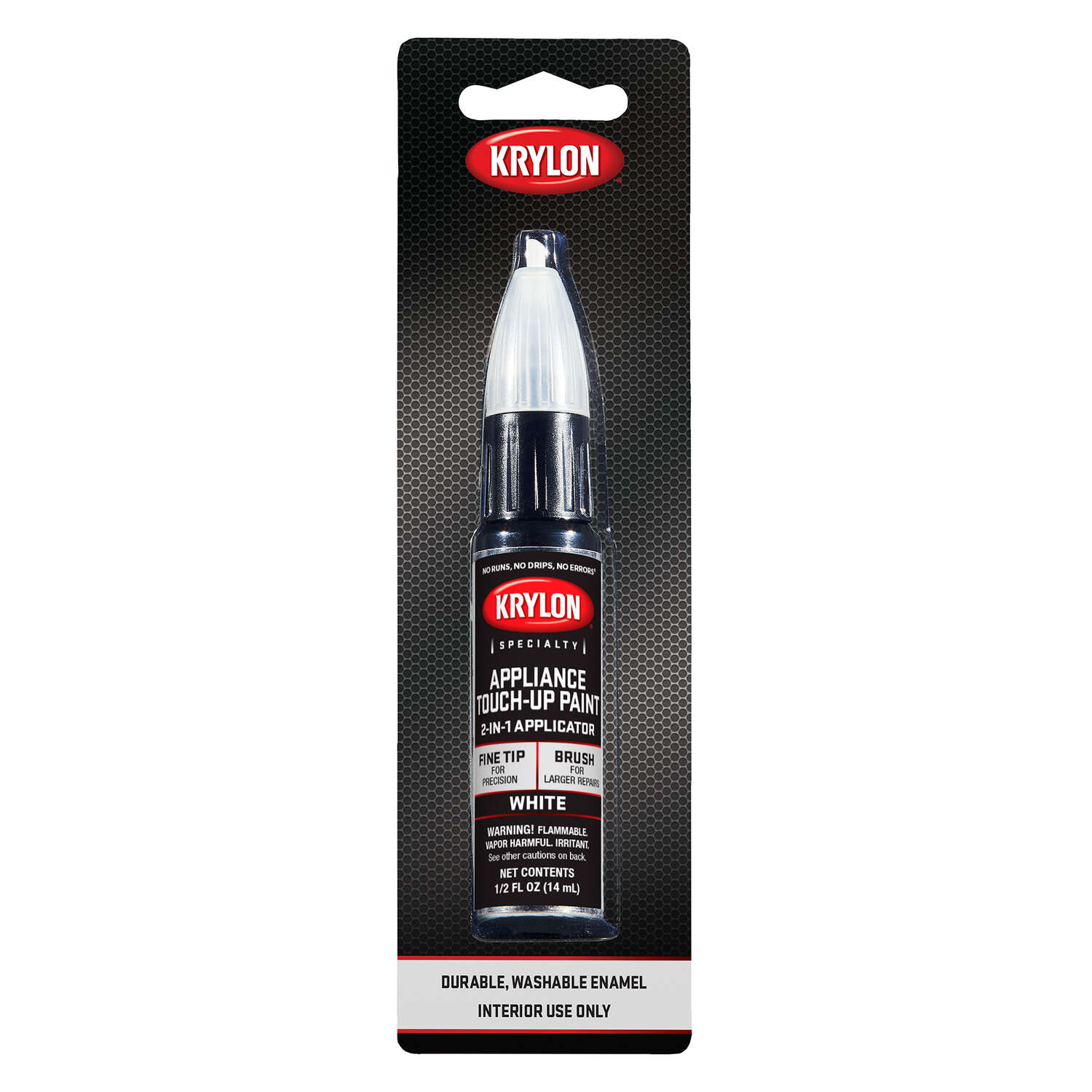
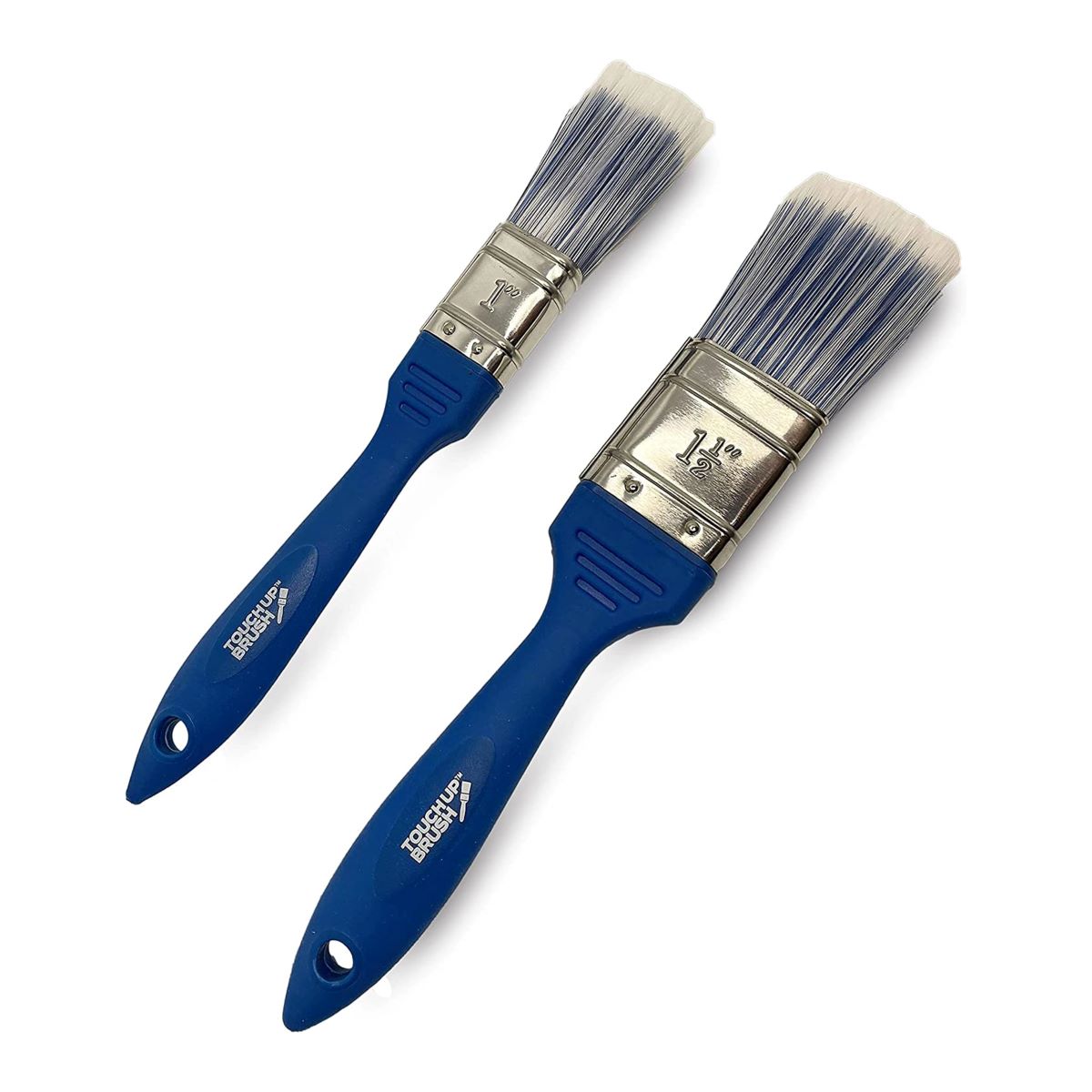
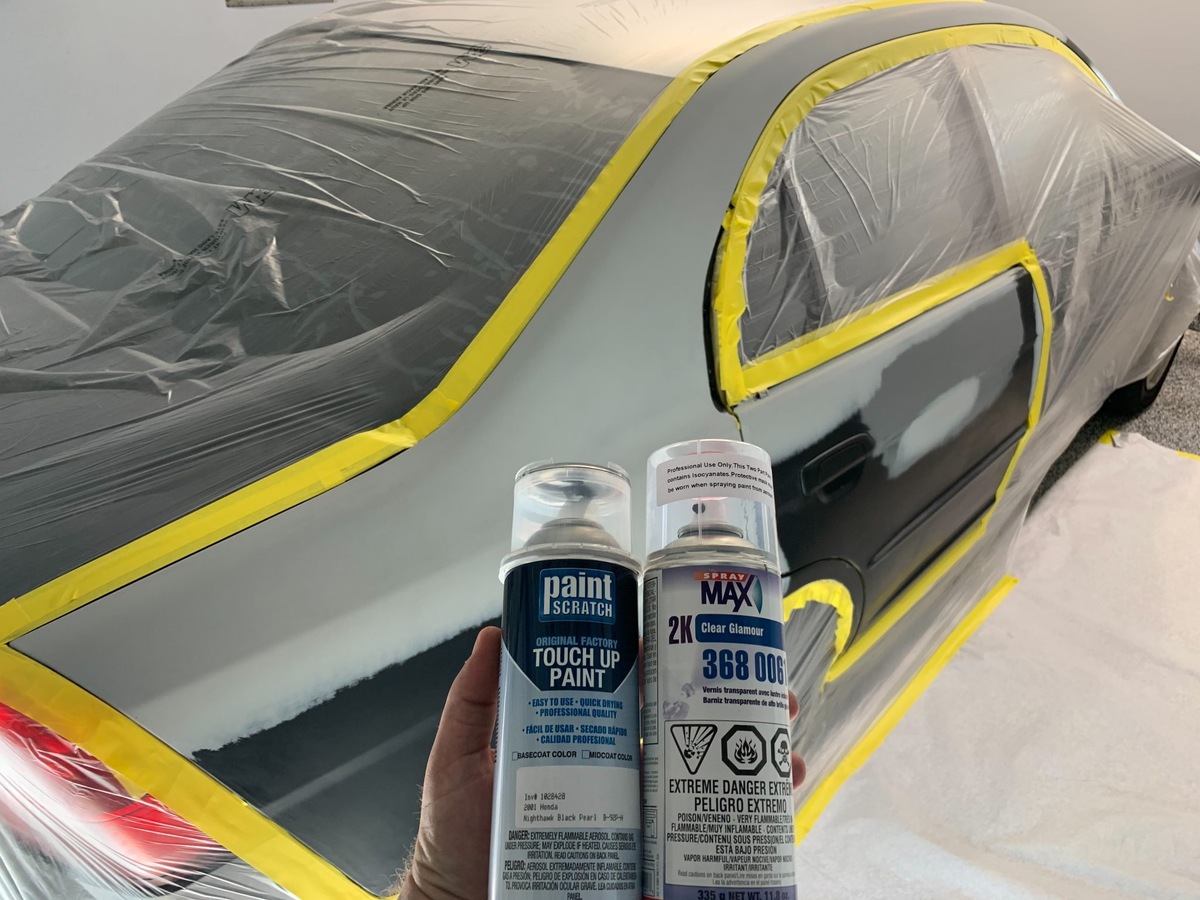
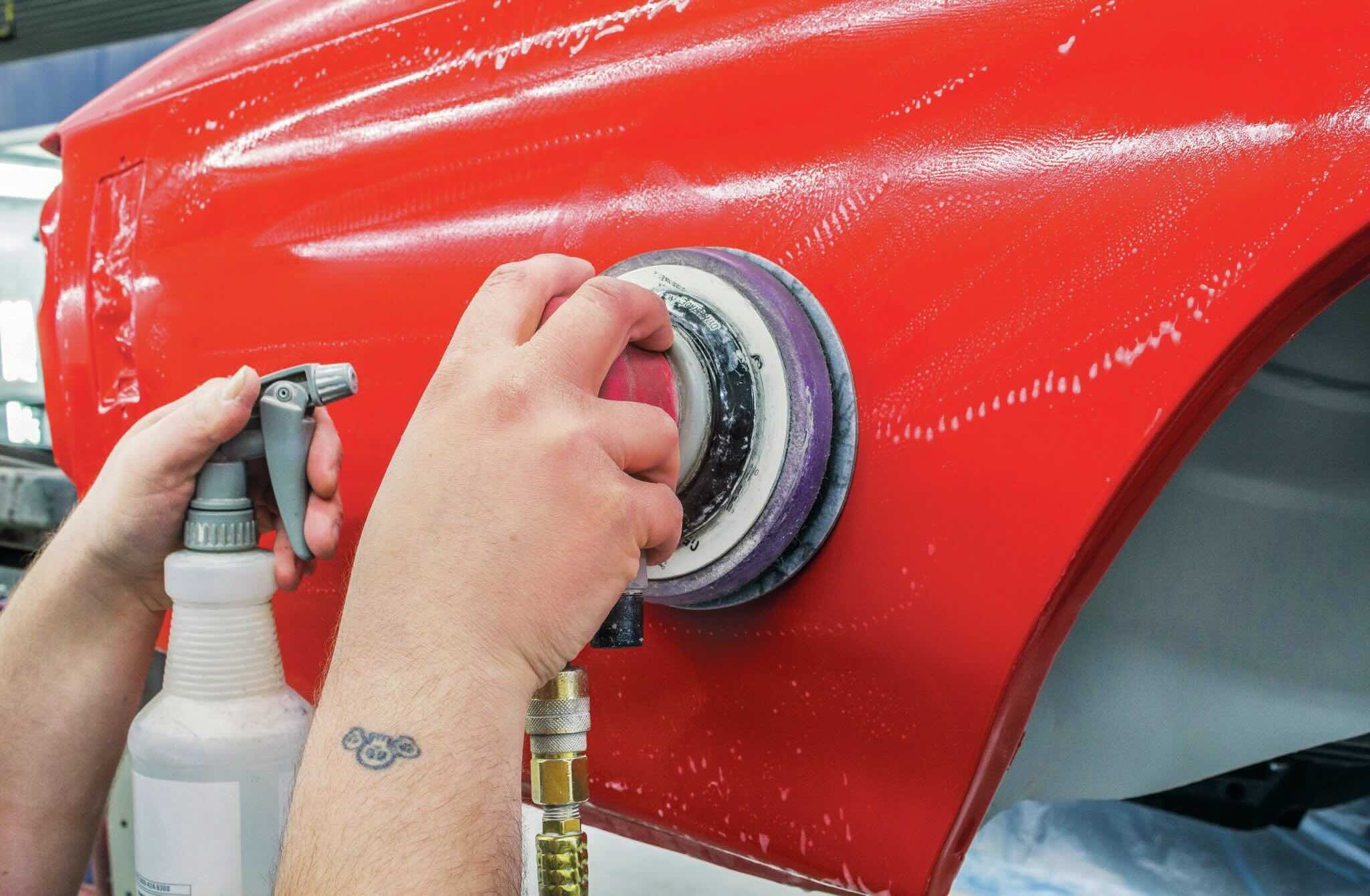
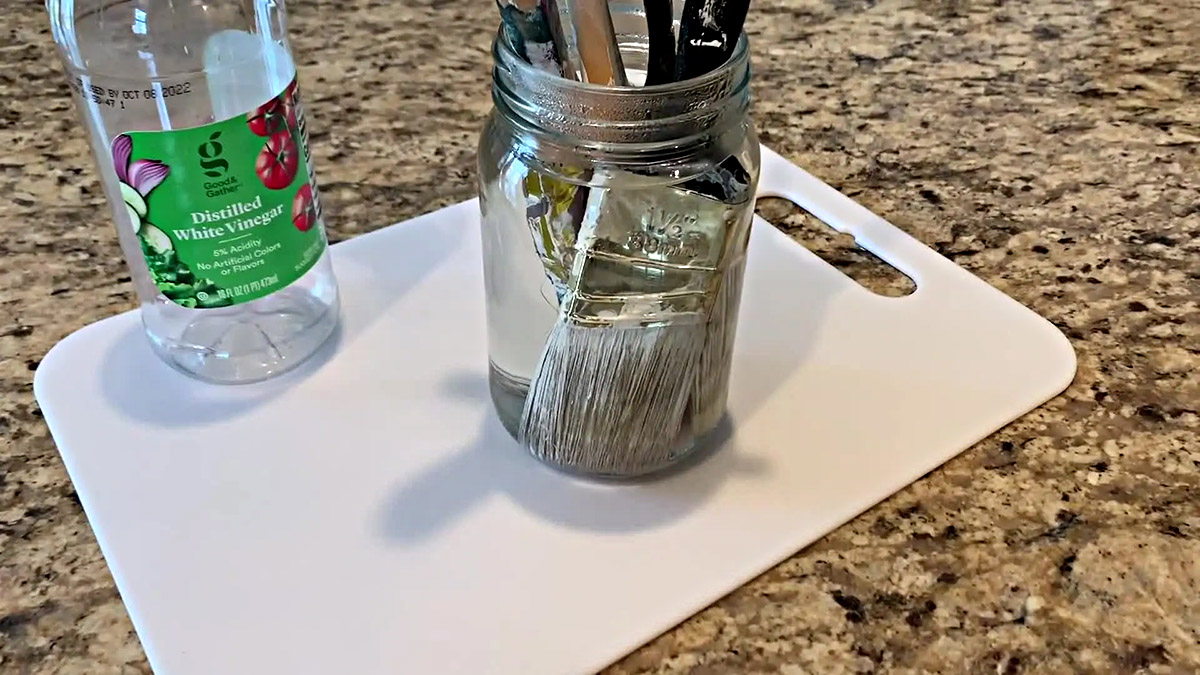


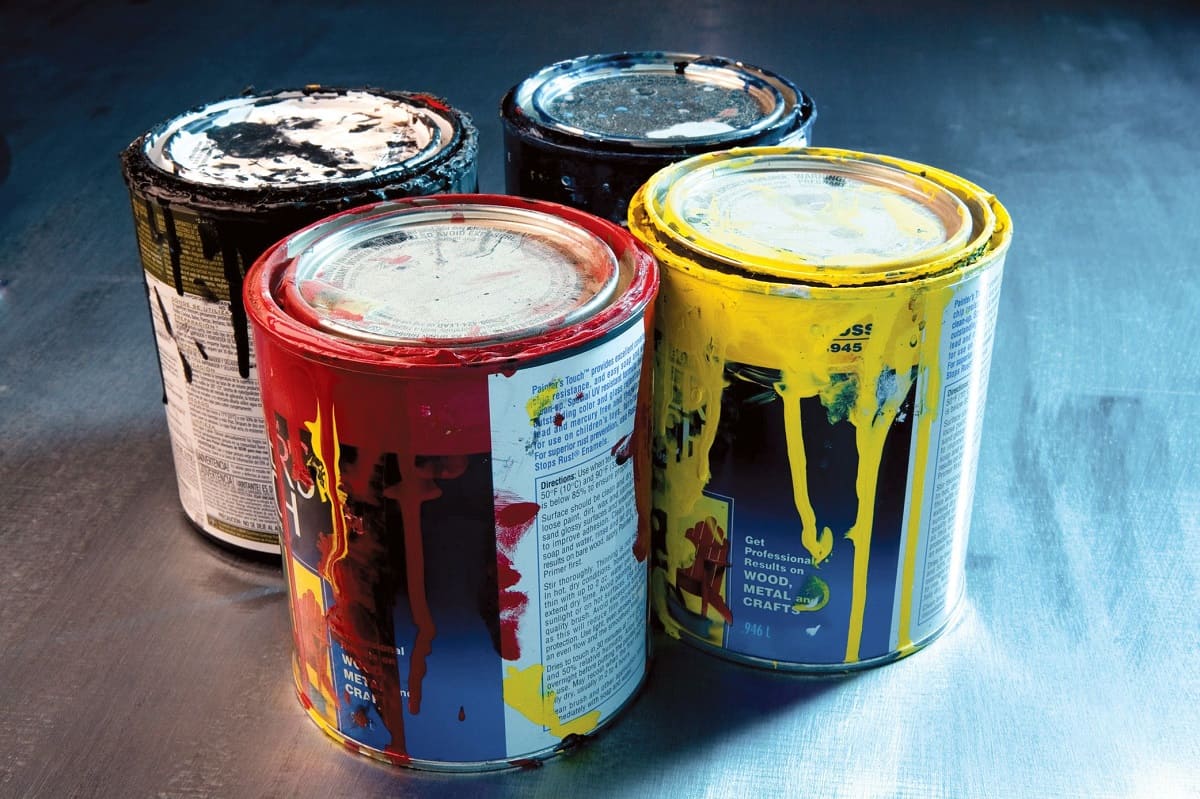

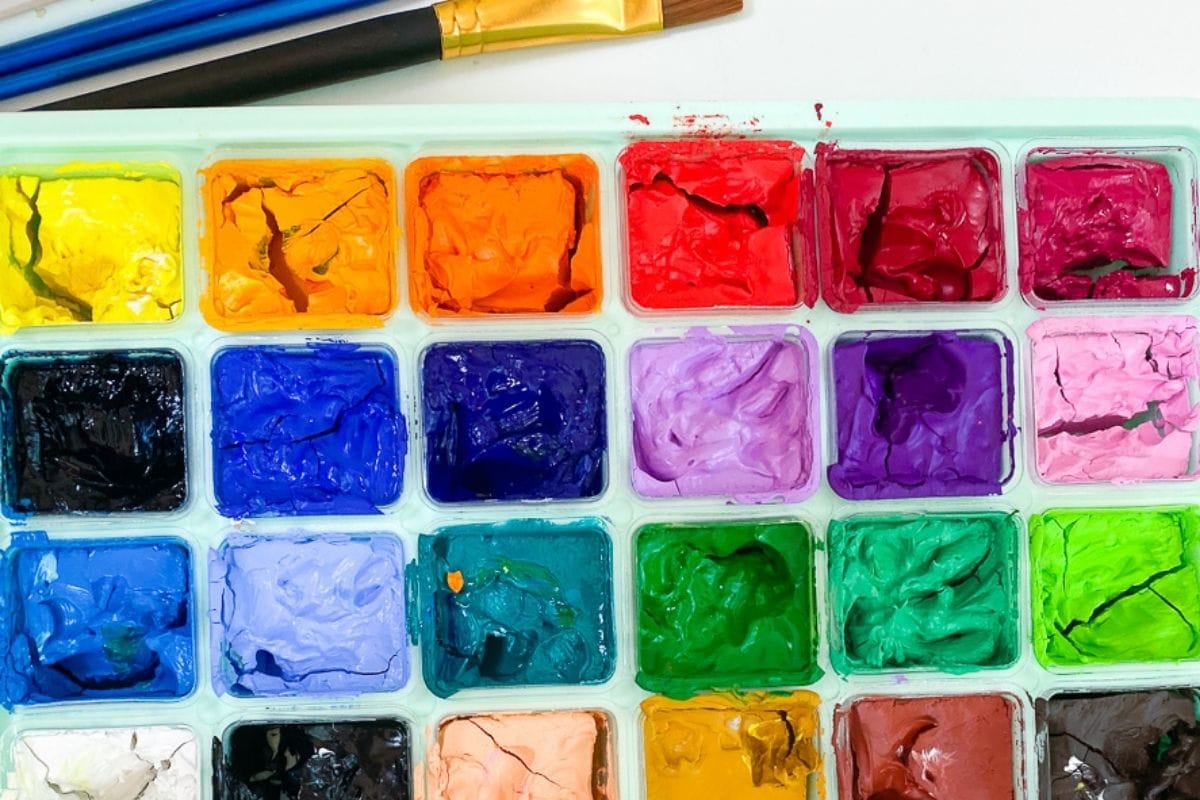
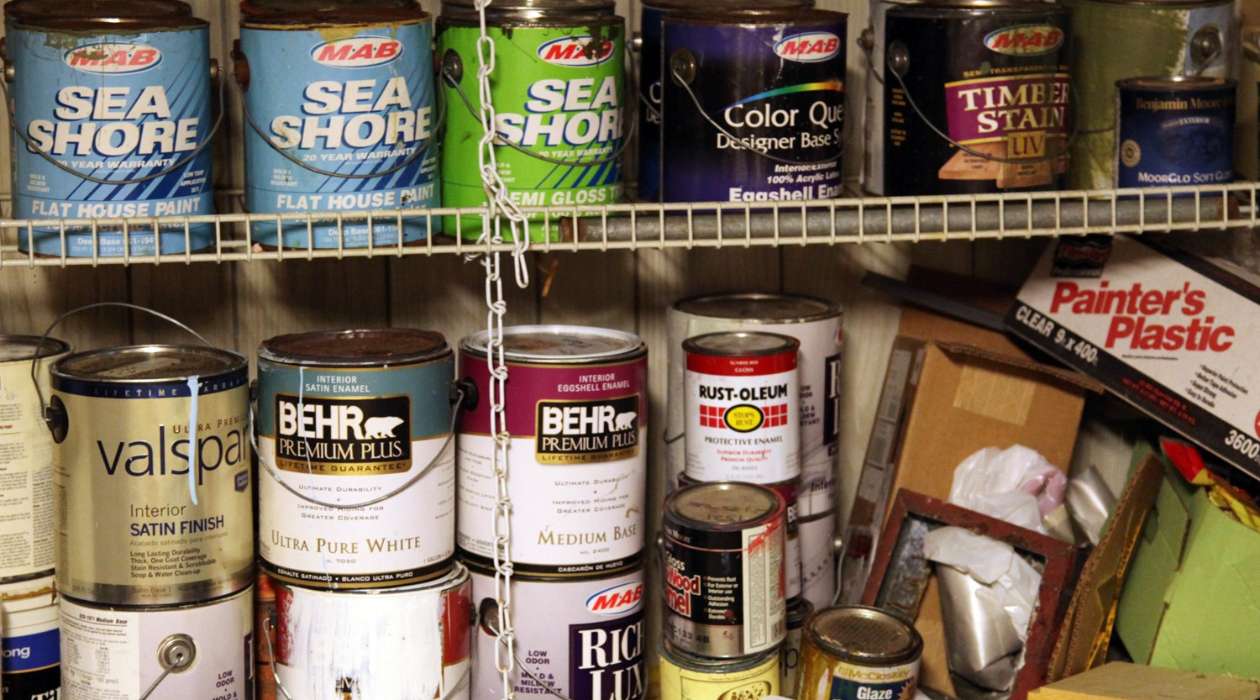
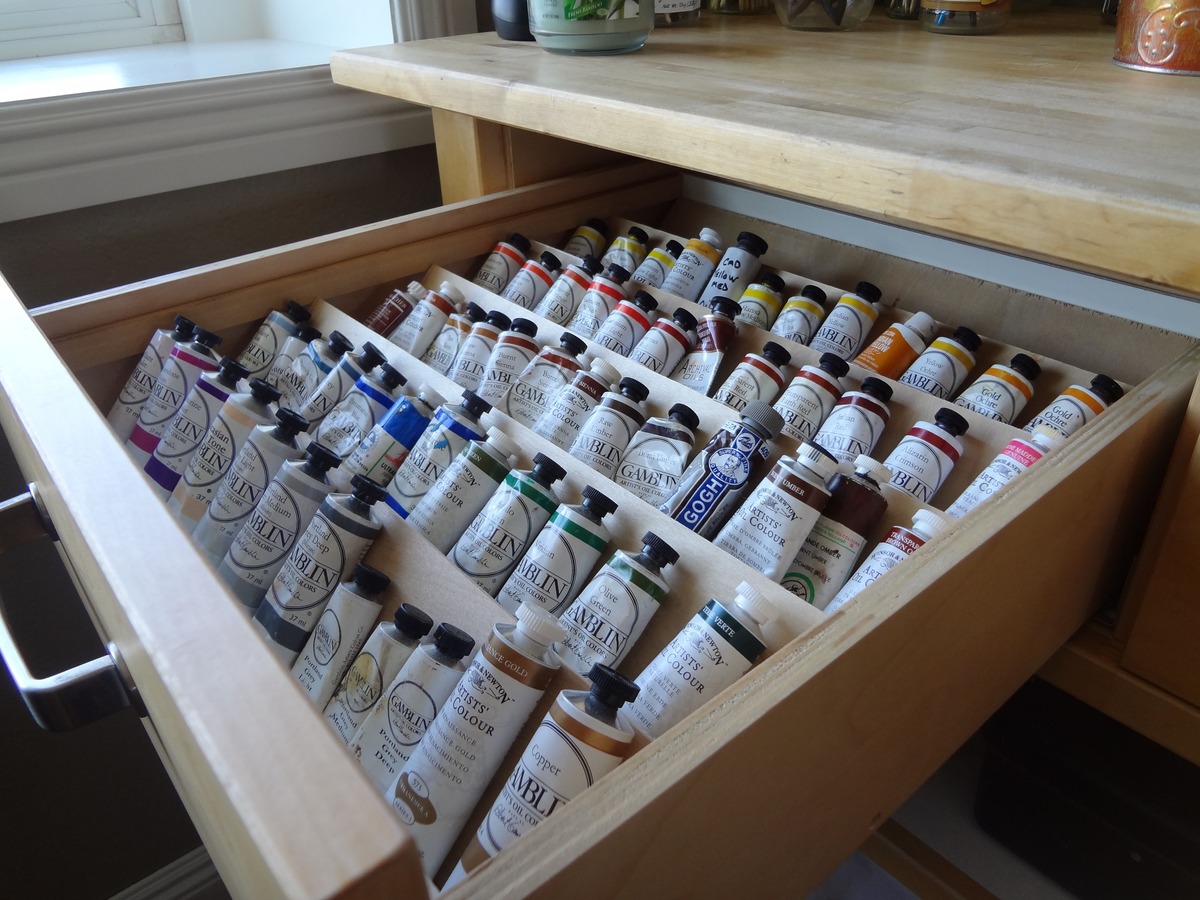
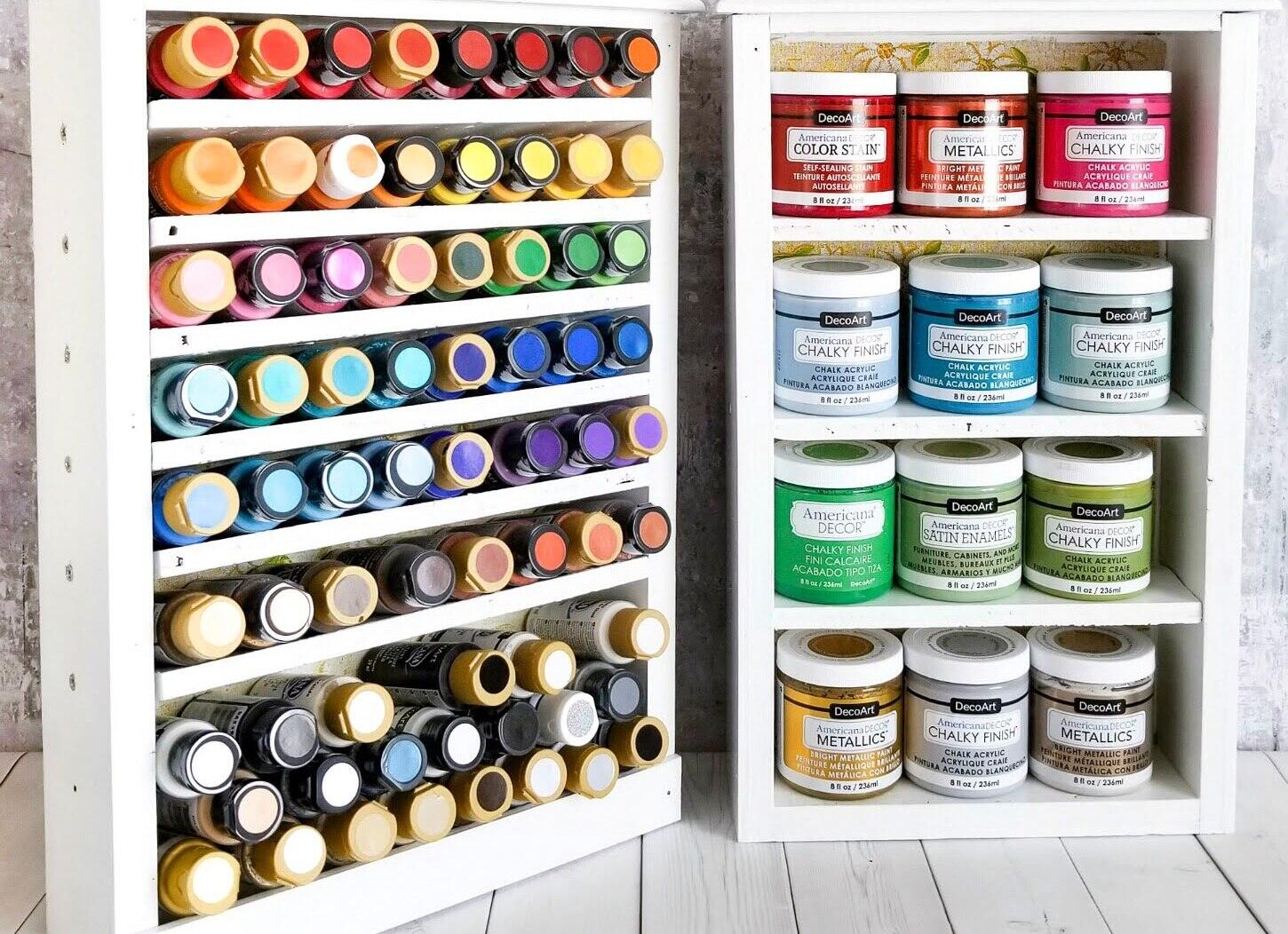


0 thoughts on “How To Store Touch Up Paint”